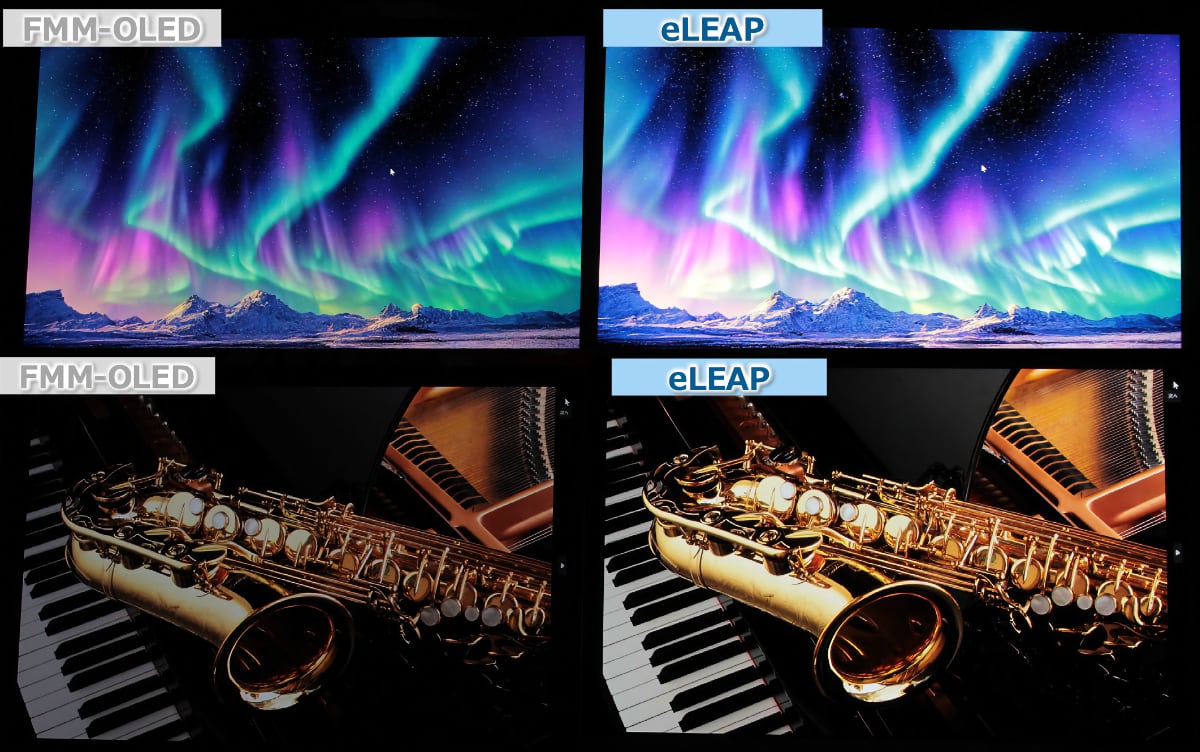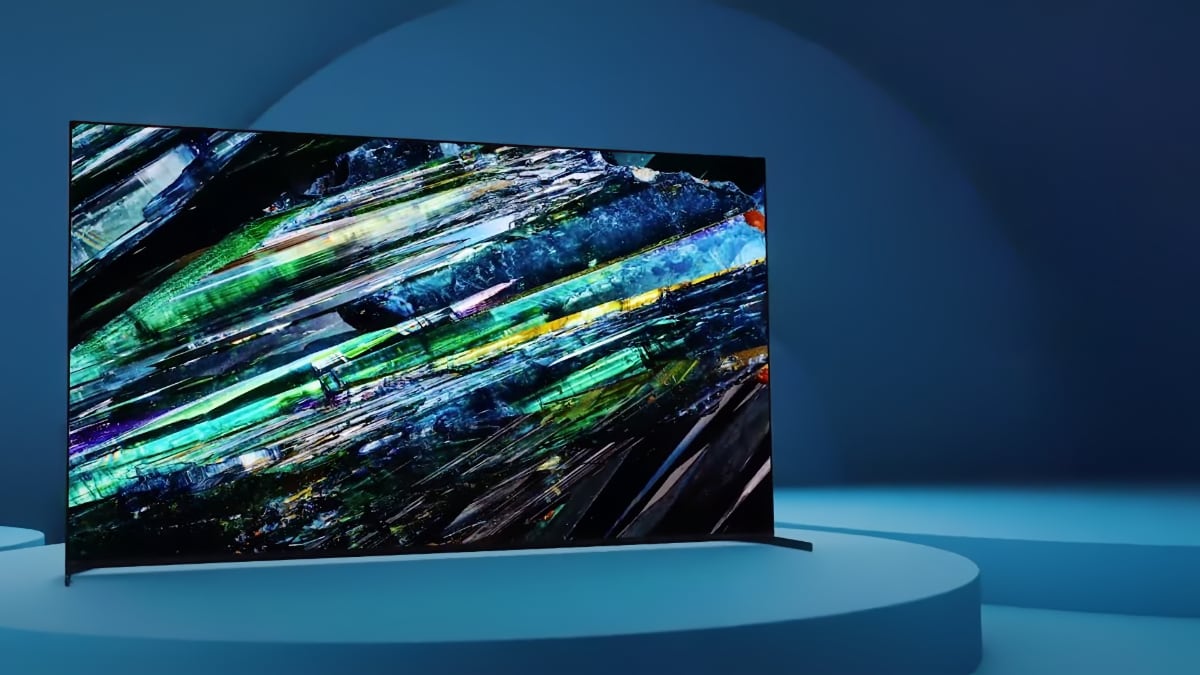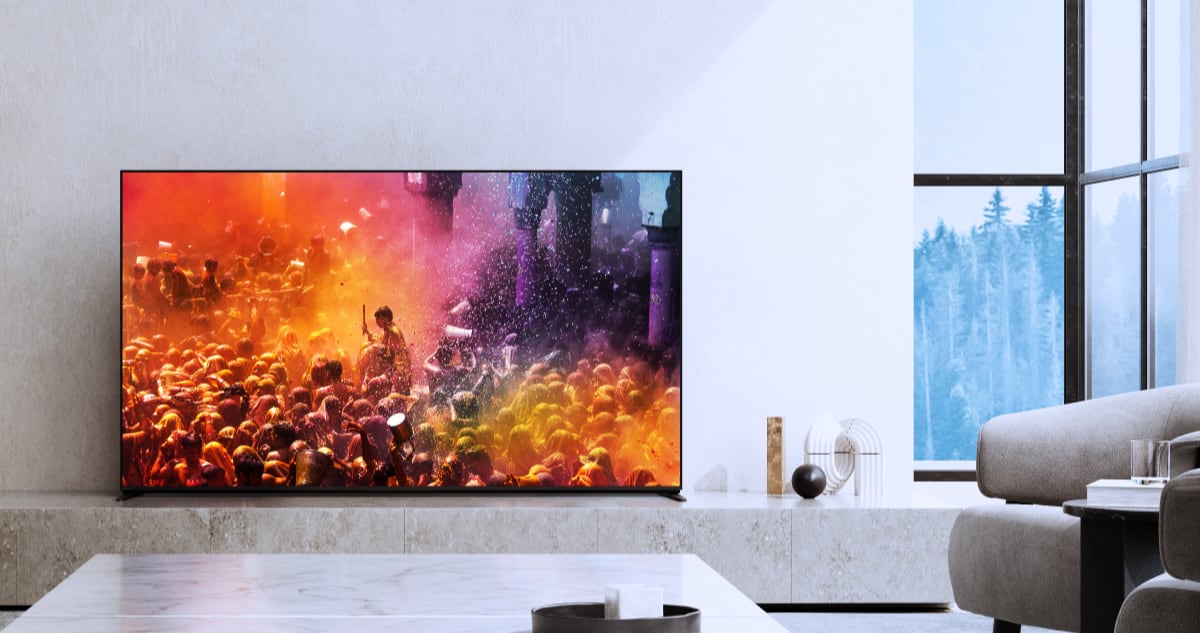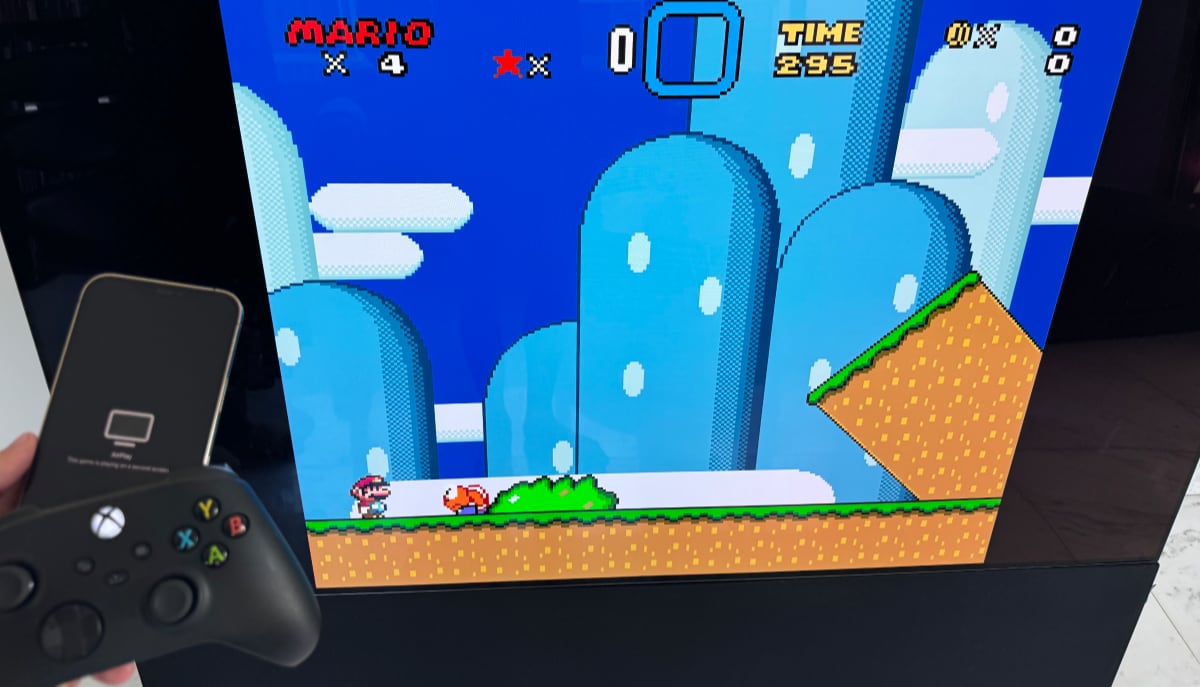The largest 4K TV to date – dubbed ’C Seed 262’ – is not just noteworthy because of its sheer size. It is also one of the first TVs to be based on LED display technology.
LED displays in the cinema & at home
For a decade or so, LCD TVs have been sold as “LED TVs”, which is nonsense. LED displays are such screens that you see at events and stadiums. In an LED display every single pixel is made up of a light emitting diode that can be up to 1 cm in width.
Companies are constantly trying to shrink electronic components and light emitting diodes have now reached a point where it is feasible to use them in the cinema and soon even the living room. Samsung and Sony have already proposed that theatres replace existing projector canvases with huge LED displays.
An Austrian company has developed such a screen for the home. It is called ’C Seed 262’ because it measures 262 inches in diagonal – or 6.65 meters. This makes it the world’s largest 4K TV.
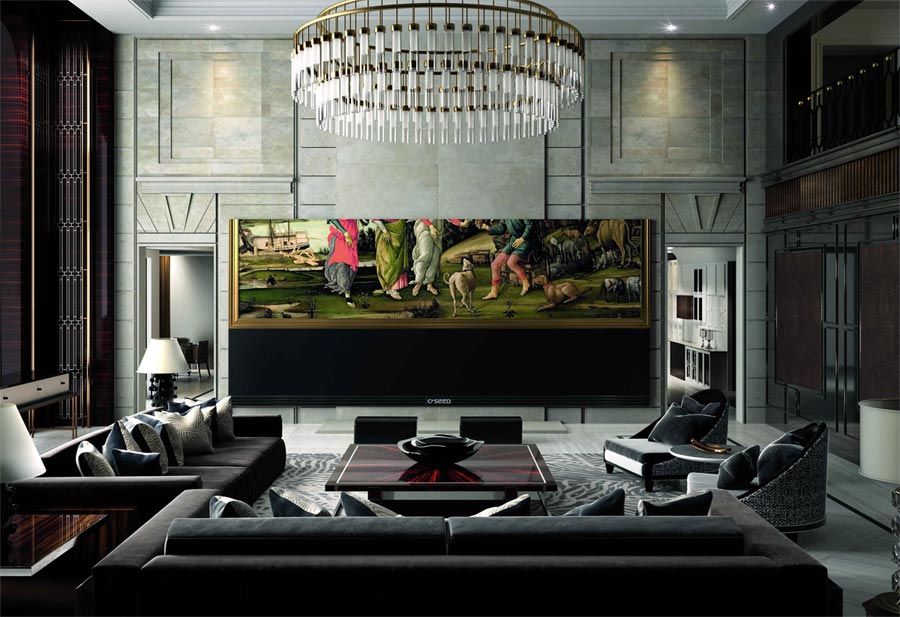
4K resolution for the rich
The company calls it a 4K TV but technically it uses just over 7 million light emitting diodes to reproduce a picture consisting of 4096x1716 pixels, which is clsoe to a 21:9 aspect ratio.
The display delivers up to 800 nits brightness and has a contrast ratio of 5000:1.
When the screen is not in use, a motorized custom fabric rolls down to hide the screen. The installation weighs a total of 800 kilogram.

C Seed 262 will set you back $539.000 dollars plus extra expenses to install it. It comes with a 4K media player and a full surround sound system, too.
The high price tag makes it clear that LED displays are not yet ready for the mass market but they are getting closer. We will not be surprised if some theatres start installing LED displays in the near future, which can help drive down costs. One of the advantages of LED displays is that they are built using modules.
Several companies are also developing microLED display technology, which can bring LEDs to smaller screen formats.
- Source: C Seed via The Verge







